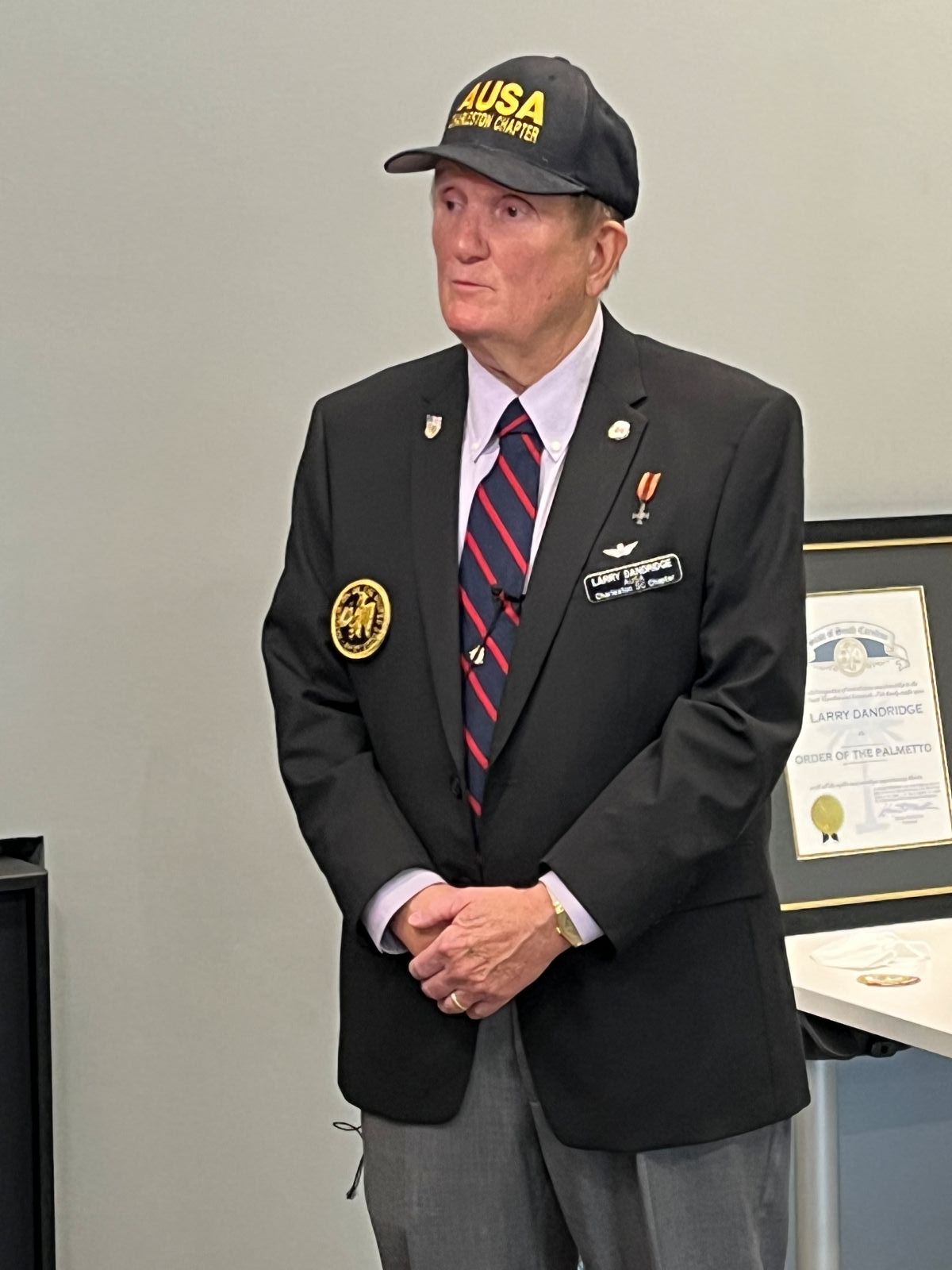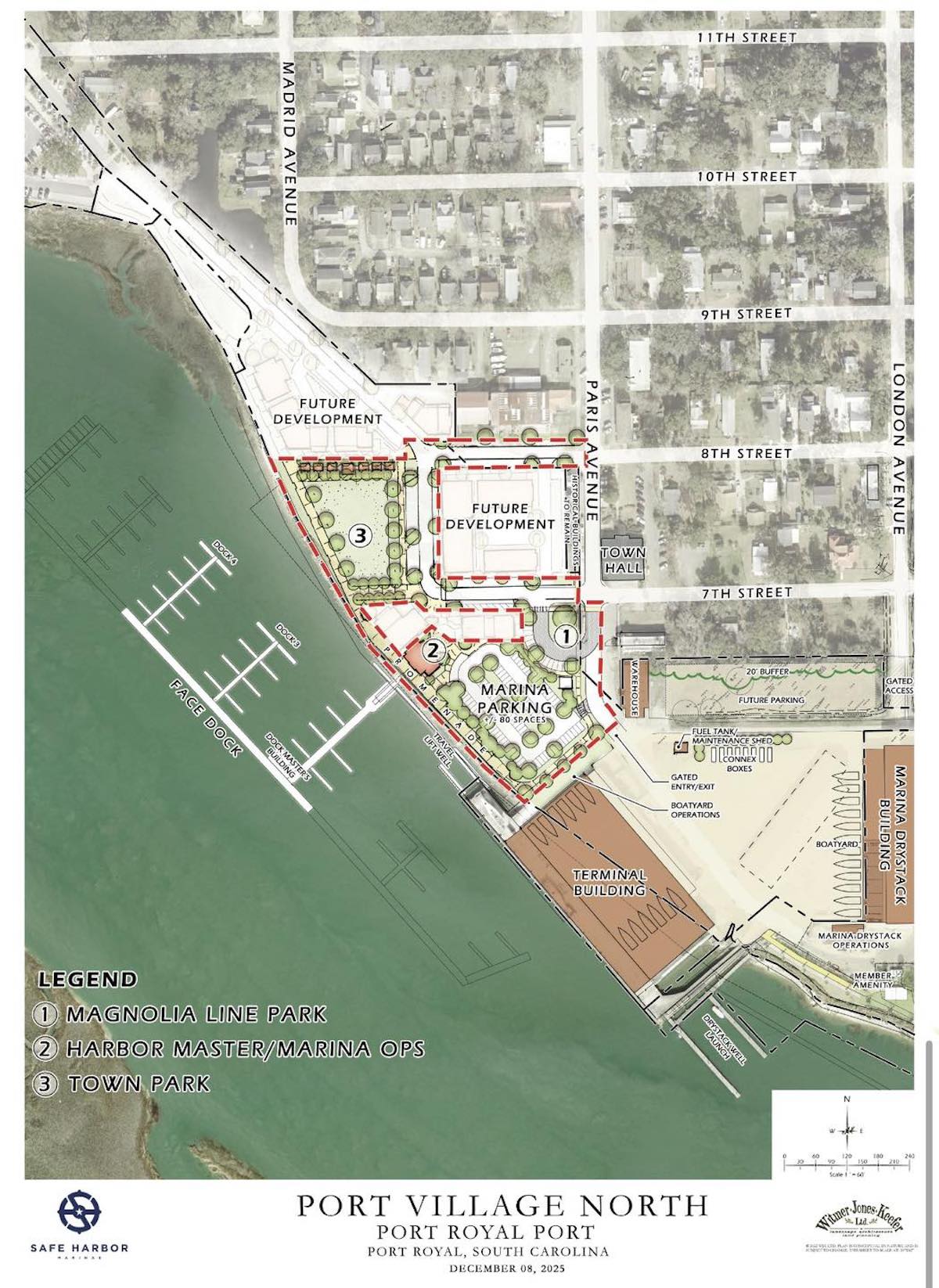By Larry Dandridge
This is the final article in a series of five on the steps to take to prepare for and file a claim for service-connected disability compensation.
The first four articles in this series are found at https://bit.ly/4hluGb9, https://bit.ly/3JiYmZX, https://bit.ly/3WCKPQ8, and https://www.yourislandnews.com and click on MILITARY.
More on gathering your evidence
Veterans can support their VA disability claim by providing:
- NEXUS Letters: According to the VA webpage “Evidence Needed for Your (Original) Disability Claim” (https://bit.ly/3w6YGAN), the VA requires veterans seeking service-connected disability compensation to meet three criteria. The veteran must: 1. Have a currently diagnosed disability; 2. Demonstrate that the disability was caused or aggravated by an in-service wound, injury, illness, trauma, event, scar, or hazardous material (HAZMAT) exposure/injury; 3. Provide a link between your current condition and the event, injury, or disease that happened during your service or was a prior condition worsened by service or showed up after service.
Since no one knows more about your military service, service-connected injuries, illnesses, wounds, conditions, symptoms, and medical history than you, it is wise for you to draft a letter for the medical professional to finalize.
- Disability Benefits Questionnaires (DBQs): The VA webpage “Compensation-Public Disability Benefits Questionnaires” is found at https://bit.ly/43MXhkb. DBQs help collect necessary medical information to process veterans’ disability claims. Veterans can use these forms to submit medical evidence from their healthcare providers. When a private doctor completes a DBQ, the veteran must ensure the physician is aware of the VA’s “specific criteria and requirements” for disability evaluation. The VA does not reimburse expenses incurred while completing or submitting DBQs. There are over 60 DBQs available.
Put your VA file number on every page
Veterans should write their VA File Number in the same place on every page of their claim packet and on each page of their evidence. Yes, this might include over 100 pages. The VA file number can be found in the upper-right corner of the letters the VA sends to veterans/dependents regarding their claims.
If it is your first claim and correspondence with the VA, you will not have a VA File number, so make sure you write your full name in the same place on each page of your first claim.
Never give away your original evidence
Veterans should keep a copy of everything they send to the VA. Never give away your only copy of your DD214, military medical records, military dental records, military personnel records, military awards, military Line of Duty Investigation Reports, lay witness statements, Nexus letters, medical records, or other evidence.
Four ways to file a disability claim
Online: On the “How to File a VA Disability Claim” web page at https://bit.ly/3Lm7VIr, there is a link to the online “File for Disability Compensation with VA Form 21-526EZ” page, https://bit.ly/4orZ5ra.
If a veteran needs assistance filing a disability claim, they can contact their supporting VA Regional Office for help. To find the nearest regional office, veterans can call 800-827-1000 or use the VA’s “Find VA Locations” webpage/search engine at https://bit.ly/4orZ9XW.
Veterans should use a VA-accredited representative, such as a Veterans Service Officer (VSO) or a VA-accredited Attorney or Claims Agent, to help them complete their claim. Before filing a claim for an increase, veterans may want to check whether they are already receiving the maximum disability rating for their condition.
By mail: Veterans can file their claim by mail using an Application for Disability Compensation and Related Compensation Benefits (VA Form 21-526EZ). Get the form at https://bit.ly/3RrzmPi. Send it to: Department of Veteran Affairs, Claims Intake Center, PO Box 4444, Janesville, Wis. 53547-4444.
Follow the instructions on the form and make it as easy as possible for the VA Claims Examiner to find and understand your claim and all the evidence. Repeat, organize your claim so that it is easy for the VA Claims Examiner to find and understand your claim and all the evidence!
This author recommends that you buy a sturdy three-ring binder, labeled tabs for each section of your claim, and include a cover letter and a table of contents in the binder that show the locations of your evidence.
In person: Veterans can file their claims in person at a Veterans Benefits Administration regional office. Find the nearest regional office on the VA’s website: https://bit.ly/3BpjKET. The VA Regional Benefit Office in SC is located at 6437 Garners Ferry Road, Columbia, SC 29209. Phone: 800-827-1000.
Get help of a trained professional: It is wise to work with a trained professional, a VA-accredited representative, to help file a claim for disability compensation. There are three types of VA-accredited representatives: attorneys, claims agents, and Veterans Service Officers (VSOs). VSO services are free. Claims Agents and Attorneys can and usually do charge for their services. The VA trusts these professionals because they are trained, must pass a comprehensive examination, undergo background checks, attend continuing education, and are certified in the VA claims and appeals processes. Learn more at https://bit.ly/3enmCdG.
Should veterans submit an Intent to File form
If a veteran plans to file for disability compensation using a paper form, they may want to submit an intent-to-file form first. This can give the veteran the time they need to gather evidence without risking a later start date (also called an effective date). When veterans notify the VA of their intention to file, they may be eligible for retroactive payments. If a veteran files for disability compensation online, then they do not need to notify the VA of their intent to file. Read about “Your Intent to File a VA Claim” at https://bit.ly/3Rzq8Qk.
The bottom line
Veterans need to ask their local VA-accredited VSO for help in understanding their (federal and state) veterans benefits. Filing for VA and state benefits can be complicated and, in some cases (like some state benefits), can only be done with the help of a VSO or other VA-accredited professional. Do not procrastinate, ask a VSO, the VA, and your VA PACT Team Social Worker to help you file for your hard-earned benefits now!
Larry Dandridge is a Vietnam War wounded warrior, disabled veteran, ex-Enlisted Infantryman, ex-Warrant Officer Pilot, and retired Lt. Colonel. He is a past VA-accredited VSO, a Patient Adviser at Charleston and Durham VA Medical Centers, a Fisher House Charleston Goodwill Ambassador, and the Veterans Benefits Adviser for his local Association of the US Army (AUSA) Chapter and VFW Post 7383. Larry is also the author of the award-winning Blades of Thunder (Book One) and a contributing freelance writer with The Island News. Contact him at LDandridge@earthlink.net or 843-276-7164.









